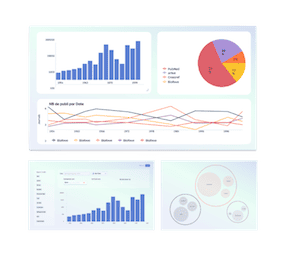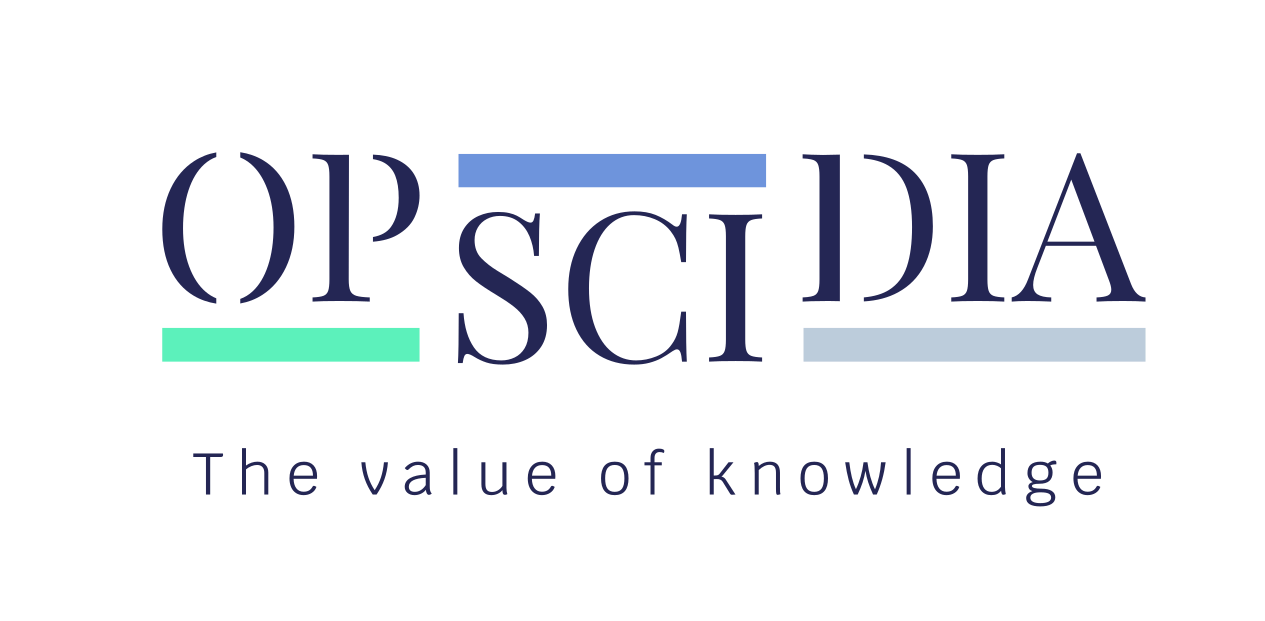Research and development needs for innovation
1 The aims of R&D departments: a multidimensional challenge
In today’s competitive world, Research and Development (R&D) departments are at the heart of a company’s innovation strategy. Their objectives are as varied as they are ambitious, ranging from cost reduction to the creation of technological partnerships. Let’s take a closer look at these crucial goals.
The six pillars of innovation in R&D
Reducing costs
Optimising processes for greater operational efficiency.
Process innovation
Improving production methods to become more competitive.
Technology partnership
Working together to access new skills and resources.
Stratégie d’innovation
Définir une vision claire pour guider les efforts de R&D.
Regulations
Ensuring that innovations comply with current standards.
Product innovation
Developing new offerings to meet market needs.
2. Key projects for achieving R&D department objectives
R&D departments juggle a multitude of projects to transform ideas into concrete innovations. These projects, although varied, share a common thread: they are complex and time-consuming. In this chapter, we explore the main projects that need to be managed to achieve the strategic goals of R&D departments, and how AI can revolutionise their management.
The essential projects for success in R&D
Bibliographic research
Objective: Identify the state of the art and relevant scientific advances.
Challenge: To process a massive volume of scientific publications and patents.
Scientific writing
Objective: To publish results or prepare regulatory dossiers.
Challenge: To produce accurate documents while meeting deadlines.
Détection des tendances
Objective: Identify emerging innovations in the sector.
Challenge: Analysing weak signals in a constantly changing environment.
Analysis of weak signals
Objective: To anticipate technological breakthroughs and market opportunities.
Challenge: To extract insights from disparate and complex data.
Interdisciplinary collaboration
Objective: To bring together internal experts and external partners to work on joint projects.
Challenge: To effectively coordinate teams with a wide range of skills.
Risk assessment
Objective: To identify and mitigate the risks associated with innovation projects.
Challenge: To take account of regulations, competition and technical feasibility.
Technological, scientific, patent and regulatory watch
Objective: To monitor changes in the market, patents and regulatory standards.
Challenge: To maintain an exhaustive watch without mobilising too many human resources.
An overview of the challenges associated with these projects

These projects are essential, but consume a large proportion of the time and resources of R&D teams, leaving little room for creativity and innovation.
Artificial intelligence offers a powerful solution for automating these time-consuming stages while increasing their efficiency.
3. The time-consuming stages of R&D and the acceleration provided by AI
In the world of R&D, time is a luxury that few can afford. Every day, R&D managers juggle time-consuming tasks which, although essential, often put the brakes on innovation. Fortunately, artificial intelligence (AI) is emerging as a major ally in speeding up these processes. Let’s take a look at how AI can turn these challenges into opportunities.
Automated information gathering
Challenge: Sorting massive volumes of data.
AI solution: Natural language processing (NLP) algorithms to rapidly extract relevant information.

Synthèse scientifique
Challenge: Analysing and summarising scientific literature.
Generative AI : to produce concise and relevant summaries.

Bibliométrie IA
Challenge: Analysing and summarising scientific literature.
AI solution: Generative AI to produce concise and relevant summaries.

Identification des concurrents
Challenge: Monitor competitor activity in a dynamic market.
AI solution: Automated competitive intelligence and predictive analysis

Alertes
Challenge: Keep abreast of the latest developments in real time.
AI solution: Intelligent alert systems based on personalised criteria.

ChatBot scientifique
Challenge: To access specific information quickly.
AI solution: Virtual assistants capable of answering complex technical questions.

The impact of AI on R&D productivity

According to recent studies, generative AI could automate up to 40% of the average working day. The aim of this automation is not to replace researchers, but to free them from repetitive tasks so that they can concentrate on pure innovation.
In conclusion, the integration of AI into R&D processes is no longer a luxury, but a necessity if we are to remain competitive. By adopting these technologies, R&D managers can not only accelerate their projects, but also improve the quality and relevance of their innovations. The future of R&D will be shaped by those who know how to make the most of this synergy between human expertise and artificial intelligence.
